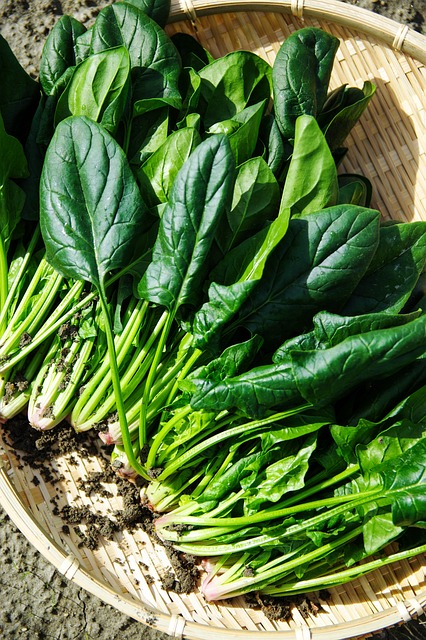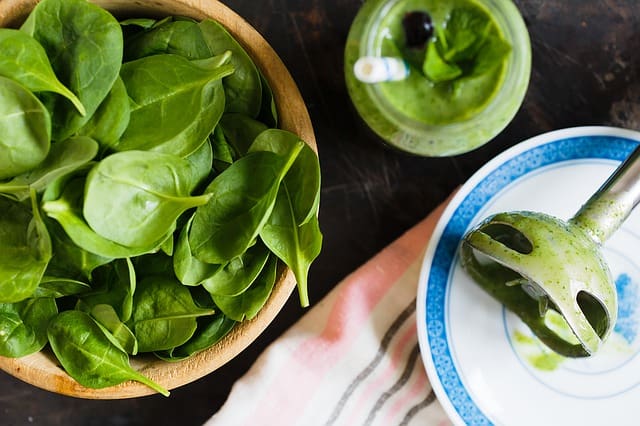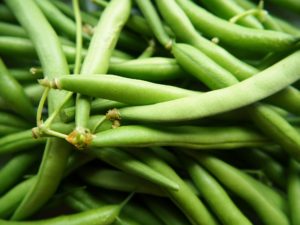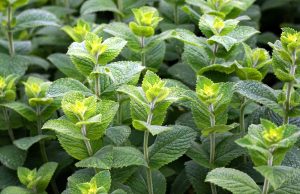Harvesting spinach at the right moment ensures you enjoy the best flavor and texture. Here’s everything you need to know about harvesting this delightful green.
When to Harvest Spinach
One of the key factors in harvesting spinach is timing. Spinach can be harvested at different stages depending on your preferences. Here’s how to determine when to pick your spinach:
Baby Spinach: If you prefer tender, baby leaves, look for leaves that are about 2-4 inches in length. Baby spinach is ideal for salads and smoothies. You can start harvesting these young leaves as early as 30 days after planting.
Mature Spinach: For those who enjoy larger, more mature leaves, wait until the leaves are about 6-8 inches long. This usually occurs around 40-50 days after planting. Mature spinach is great for cooking or using in stews and casseroles.
Signs Your Spinach is Ready to Harvest
Keep an eye on your spinach plants, and look for the following signs that indicate it’s time to gather some leaves:
Size of Leaves: The leaves should be at least a few inches long, and you’ll want them to be firm and vibrant green.
Weather Conditions: Spinach grows best in cooler temperatures, so if the weather is getting warmer and the plants are starting to bolt (send up flower stalks), it’s time to harvest. Once spinach bolts, the leaves become bitter and less palatable.
Healthy Appearance: Check for any yellowing or wilting leaves. Healthy spinach leaves should be deep green and hearty.
How to Harvest Spinach
Harvesting spinach is simple and can be done in a few ways:
Cutting Leaves: Use scissors or garden shears to cut leaves from the outer parts of the plant. This method, known as “cut-and-come-again,” allows the inner leaves to continue growing, giving you multiple harvests from the same plant.
Pulling Plants: For a full harvest, you can pull the entire plant from the ground. Make sure to do this carefully to avoid disturbing neighboring plants.
Avoiding Damage: Always harvest in the morning when the leaves are crisp and full of moisture. This method helps keep the leaves fresh for longer.
Post-Harvest Care

After harvesting your spinach, it’s essential to care for it properly to maintain its freshness. Here’s how to handle your greens:
Cleaning: Rinse the spinach leaves gently under cool running water to remove dirt or pests. If you notice any damaged leaves, remove those immediately.
Storing: Spinach is best stored in a perforated plastic bag in the fridge. Make sure not to wash the leaves before storing them, as excess moisture can lead to spoilage.
Using Fresh: Try to use your spinach within a few days for the best flavor. Fresh spinach can be added to salads, blended into smoothies, or sautéed with garlic and olive oil for a simple, delicious side dish.
Tips for a Bountiful Harvest
Continuous Planting: Consider staggering your planting to ensure a continuous harvest throughout the season. You can sow seeds every few weeks for a steady supply of fresh spinach.
Provide Proper Care: Make sure your spinach plants have enough water and nutrients. A nitrogen-rich fertilizer can promote lush, leafy growth.
Monitor for Pests: Keep an eye out for common pests that might affect spinach, such as aphids or slugs. Use natural repellents or hand-pick pests as needed.
Conclusion
Harvesting spinach can be a rewarding experience, whether you’re an experienced gardener or just starting your green thumb journey. Not only will you enjoy the freshest greens straight from your garden, but you’ll also have the satisfaction of knowing you grew them yourself. Embrace the season, gather your spinach, and savor the delicious dishes you can create with this wonderful leafy green. Happy harvesting!





